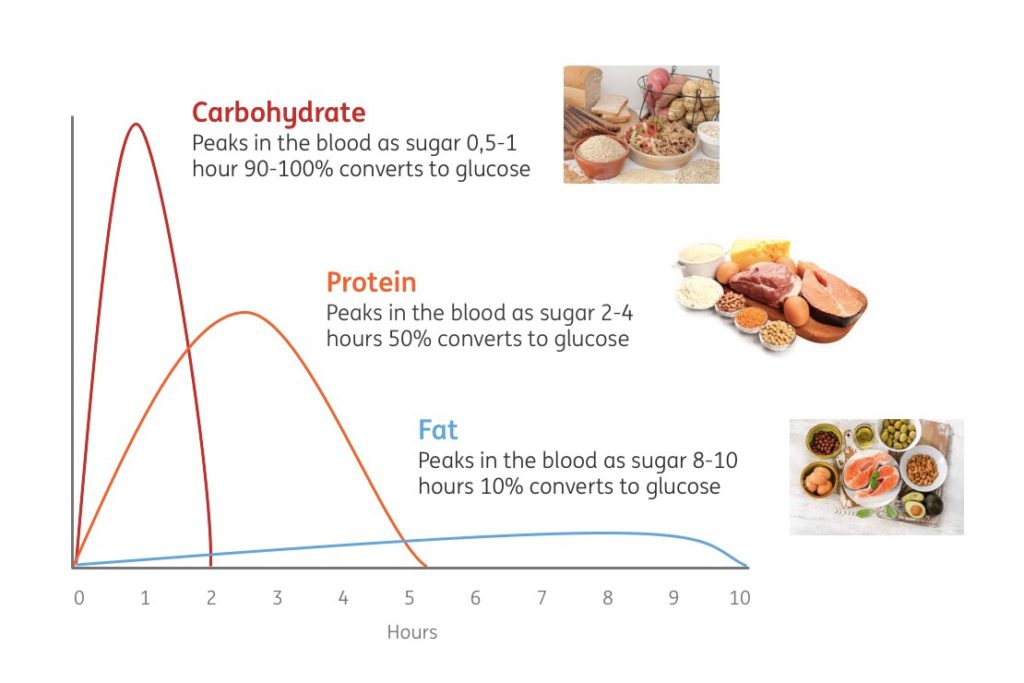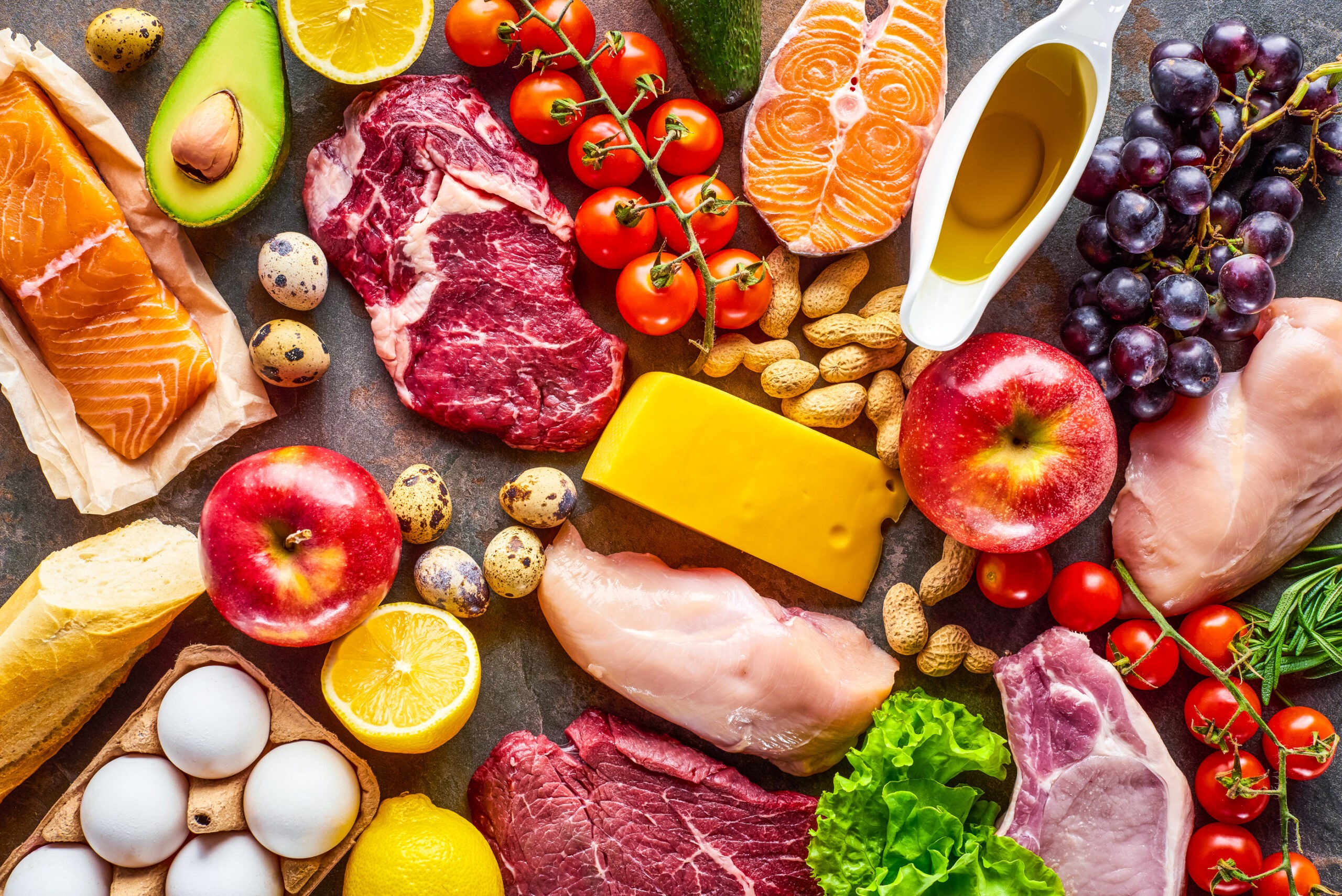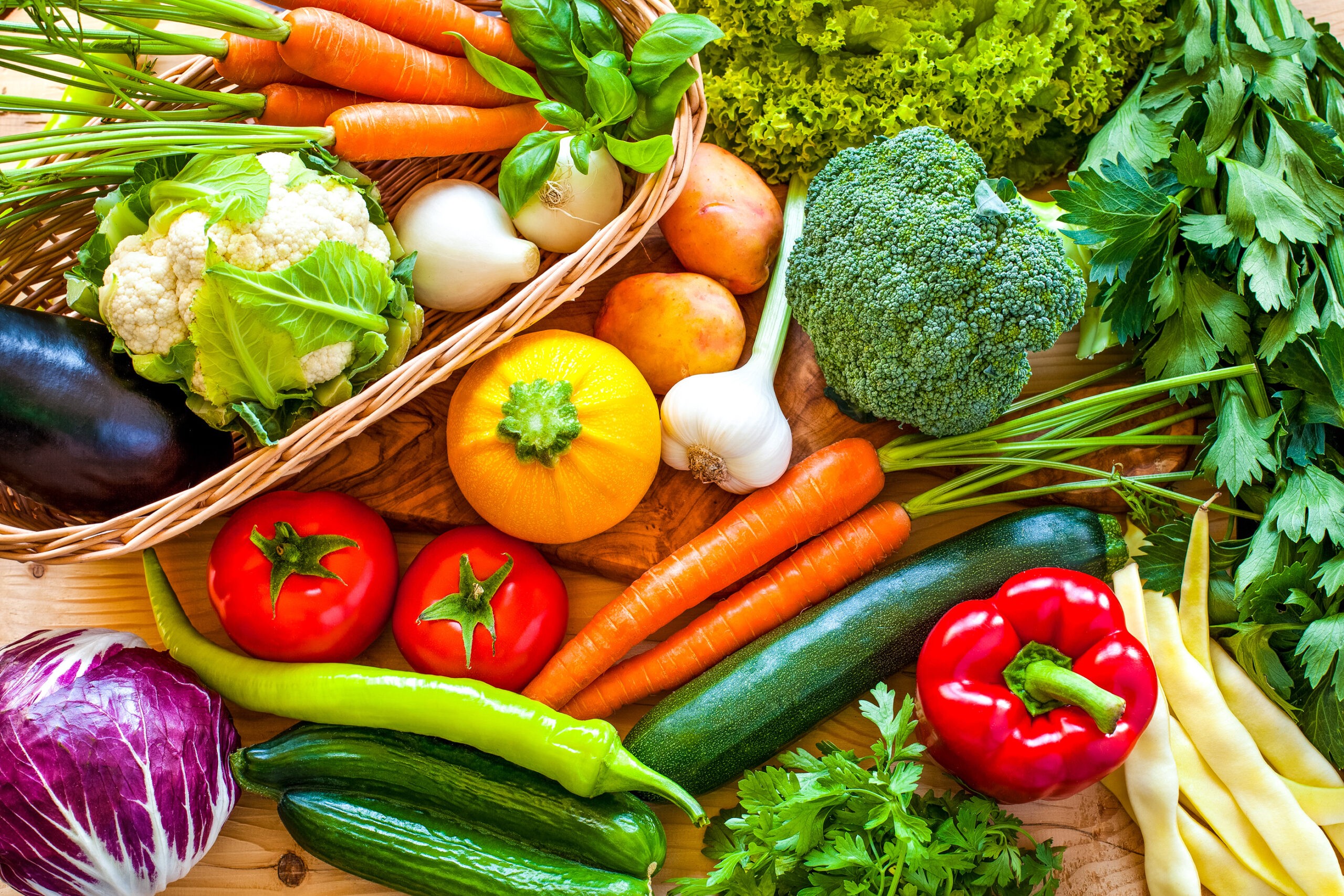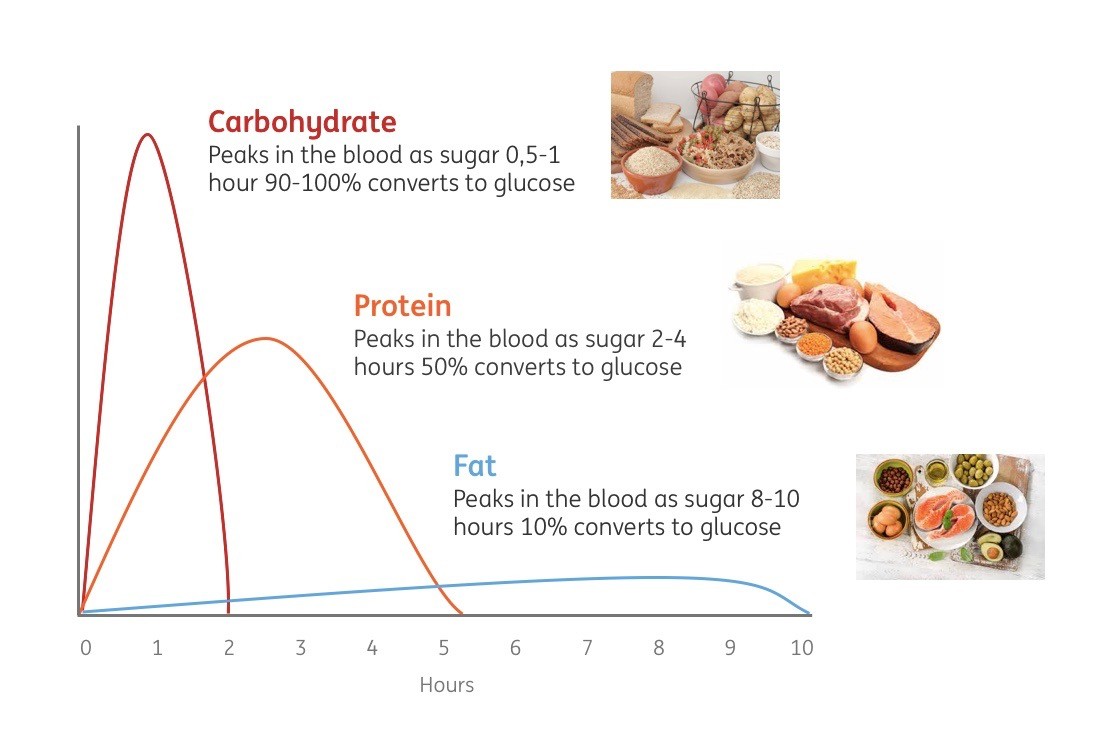Balance Your Macronutrient Mix
When it comes to your energy and ability to perform, the size of the portions, the calorie intake and the timing of your meals and snacks are all important.

Why Balance Your Macronutrient Mix
By taking into account how your body responds to the food you eat in terms of energy (surge vs. long-term stable energy), you will be able to better manage your energy supply.
Carbohydrates, with the exception of dietary fiber, are absorbed quickest. The simpler the carbohydrates, the faster they will be digested. Proteins generally take longer to be digested and absorption goes on much longer. Fats take the longest to fully digest and absorb. This also explains how they can deliver the most long-term energy.
Most meals and snacks consist of a number of ingredients and even more nutrients, which makes it difficult to estimate digestion rates and times. In order to ensure a steady supply of energy, you don’t need to know the exact numbers; the basic trick is to ensure that there are always some fats and proteins in your meals and not too much carbs (especially not the simple ones, or the ones without any fibers).
How to Balance Your Macronutrient Mix
For optimal energy and performance, manage your energy intake: eat light and often. Even the most energy-rich foods won’t fuel high performance for longer than four hours. If there is more time between your meals, have a snack! A healthy snack will keep you energized until your next meal. It’s these strategies that can help you maintain a high – and stable – level of energy, that drives your metabolism and that fuels your brain to think and do all of its other jobs.
Tip 1 – Have breakfast.
Many people cannot imagine going to work without having a decent breakfast. Others would rather skip it. When it comes to performance, it turns out that most people don’t have to eat that much. If you don’t eat breakfast, but are generally energetic throughout your morning, you might even be among the few who can do without it. But, if you generally skip breakfast and have to rely on coffee, large fruit juices and other stimulants to just get through the morning, you may want to reconsider your ‘non-breakfast’ routine.
Give your body something to go on.
Try having a healthy smoothie (with fruits, vegetables or both), some yoghurt with honey or fruit, or a milkshake if you like (fresh whole milk and half a banana will do), or even just half an avocado and a hard-boiled egg on a whole meal cracker. The point is to give your body a chance to restock on some healthy nutrients after a long night of fasting (many people don’t eat anything after 9 pm). In terms of calories, 150-300 will generally do. As mentioned earlier, it’s not so much the quantity that counts, but much more the quality. Going for some super foods will take you a long way. They can provide you with energy to seize the day, and jumpstart your metabolism, balance blood sugar levels and promote your cognitive function.
If you don’t feel like having a big breakfast, your body may just not be ready for it. Your circadian rhythm and many other factors can influence your appetite in the morning. However, your Cortisol-Awakening-Response (CAR), which drives the energy surge at the start of your day, only lasts that long. This means that at some point in the morning you are practically guaranteed to end up with an empty fuel tank if you don’t eat anything. This is unless you belong to the small group of people who fast intermittently, and who have become much more efficient at burning fat.
If you do eat breakfast, make sure that it doesn’t become a ‘morning dessert’. While many breakfast foods like granola, fruit-yoghurts or even plain cornflakes are perceived as ‘healthy’, they often contain much more sugar than people realize. Once again, the trick is to eat whole or minimally processed foods. If you do choose foods from a box, check the ingredient list, make sure the content of sugar is super low.
Independent of how you feel, drink something! A great way to start your day is just by having a tall glass of water, since you will have lost a substantial amount of fluids during the night. And if you are feeling slow, have something to eat. The key is to listen to your body and give it what it needs.
Tip 2 – Go easy on the sweet stuff.
When you start your day with too much sugar (e.g. eating a large bowl of highly processed breakfast cereals in combination with a large fresh orange juice) you risk riding that energy rollercoaster for pretty much the rest of the day; including the highs and lows, with all the negative consequences on energy and performance. If you do like your cereals, opt for ones with the lowest glycemic load (GL).
Tip 3 – Have a healthy snack.
When you do skip your breakfast, chances are that you will need a morning snack to make it through to lunch energetically. The trick with morning snacks is to start off on a good note. In a way, having a good first snack sets the stage for the day. If you start with an unhealthy snack, it becomes harder to switch to a healthy one, because you tend to experience mood swings and cravings throughout the rest of the day. Apart from the fact that you will be on the lookout for more comfort food, you will weaken your cognitive control, because your body is spending extra energy desperately trying to keep the level of your blood glucose stable and deal with the excess sugar you are eating.
So have a healthy morning snack, especially when you skip your breakfast. A small snack will do, as lunch is around the corner, and yes, it can include some simple carbohydrates, I stress the word ‘some’ here. An apple or a banana, or a small glass of fruit juice, will give your brain a shot of extra glucose; just what it needs to stay sharp for the coming hour or two.
Tip 4 – Have a light lunch.
Unless you are planning to do some serious physical activity later in the afternoon, it’s best to go for a light lunch that contains a good amount of ‘slow energy’. This way, your body will not have to spend unnecessary extra amounts of energy on digestion during your circadian dip, and allow you to keep going until teatime.
A great option for a light lunch is a meal salad. The combination of leafy greens, vegetables, proteins (such as meat, fish, chicken, egg, cheese and/or nuts) and some good fats (olives, avocado and a dressing made with olive oil), offers a powerful nutrient mix, that can drive your performance for hours to come. And because they are more and more easily available in many different variations, they are my favorite easy route to a healthy power-lunch.





